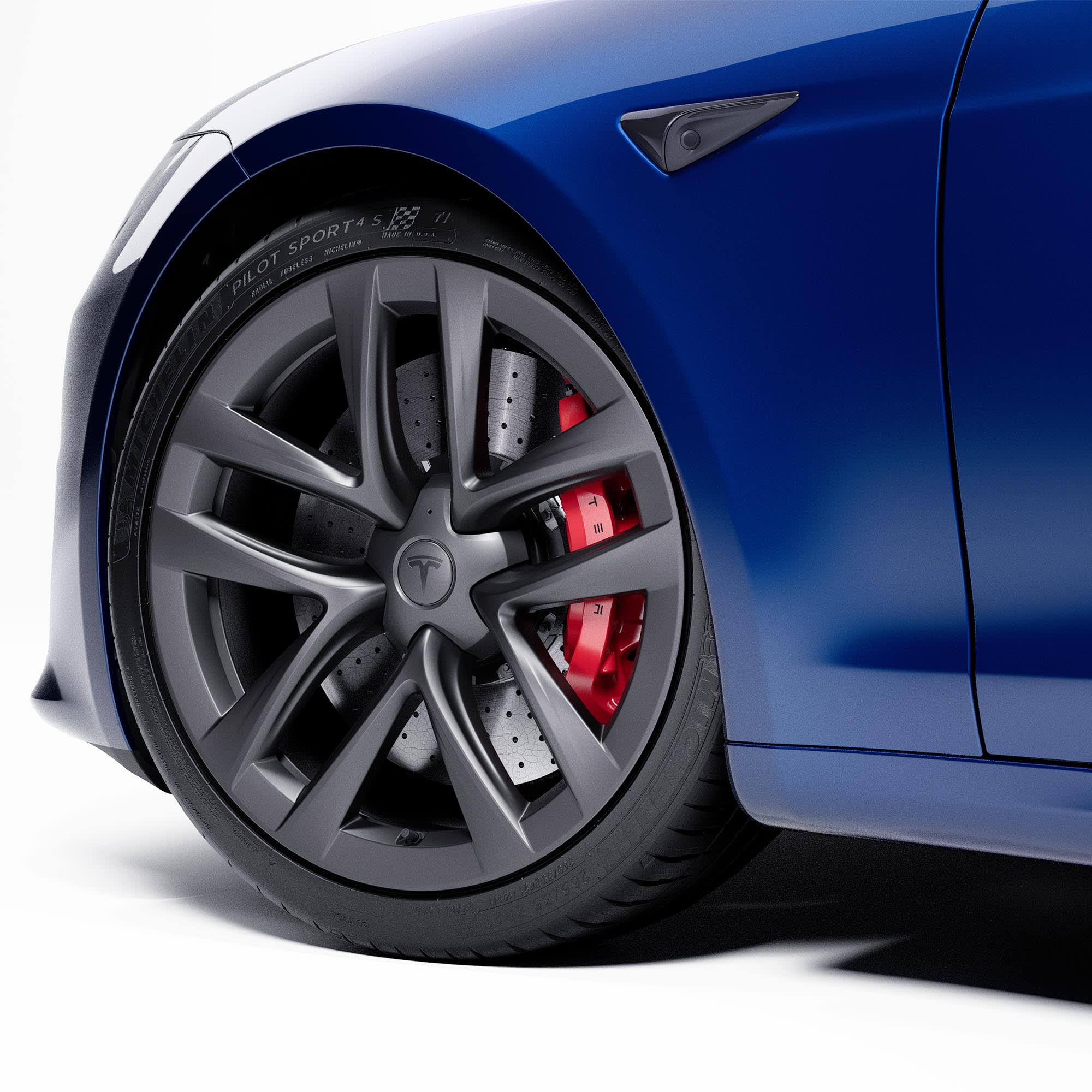I appreciate you being polite. Let's keep it this way.Mash , I don't mean to be argumentative or stifle debate, but i try to interject truths and understanding where appropriate while being humble to accept i don't know everything and could make a mistake. But as a BSME with extensive experience in vehicle dynamics and an understanding of the physics involved and understanding how to model with equations and computer programs, i tend to "call out" the "errors" as i seem them to try to keep the threads as beneficial as possible. With that being said...
If you have seen the plaid torque curve it is flat to 80 mph where peak power is reached and then toque decreases as speed increases so it is in this part of the 1/4 mile acceleration where the rotational and static mass reduction gains show results in lower et and faster trap speeds.
So which particular point you debate with me?
It is torque limited and with drag strip tires and surface it would not be traction limited. So that means lower weight would give you faster acceleration.




